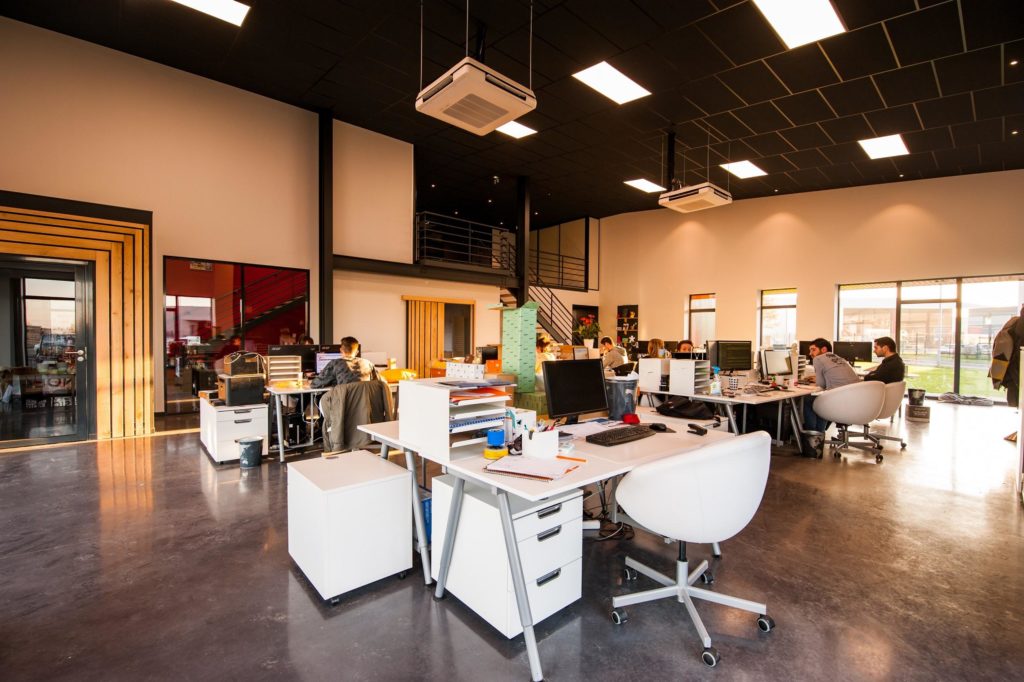If your business builds value in manufacturing products, then a lot of that value can be left on the factory floor if you’re careful about where loss can build up. Here, we’re going to look at some techniques to help you identify the greatest sources of loss in your own manufacturing line, and what you can do to eliminate it.
Know how to measure loss
First of all, you won’t have an idea that you have a problem that needs to be fixed, or of the scale of that problem, if you don’t have an accurate idea of how much loss you’re experiencing on the factory floor in the first place. To that end, you should consider implementing measurements like the total overall equipment effectiveness and total productive maintenance. This helps you measure changes in efficiency over time to see where you’re having problems, specifically be it in unplanned stops to production rejects.
Create a policy of proper maintenance
When we talk about proper maintenance, we’re looking at two types in particular. Preventative maintenance is all the cleaning and light maintenance that is done to prevent the most common failures. However, predictive maintenance is just as important. This means getting to know which faults are most likely to occur to specific parts in machines and giving those parts the extra attention needed to stop them from failing. With effective maintenance, you’re less likely to experience failure mid-production, either by fixing problems before they grow that large or by spotting them before you start the process.
Invest in more efficient parts and machines
Care must be taken not only to ensure that your machines are working as effectively as possible through maintenance, but also through choosing high-quality and resilient parts for them. When it comes time to replace a part of the line, such as your coil heat exchanger, then it makes more sense to invest a little more in those that resist issues like thermal degradation and scale build-up. Learn which parts of the machines in your line are most likely to fail first, and see if there are any higher quality alternatives to replace them with.
Poor integration with your logistics
When your products are done, then you have to get them out and shipped to retailers, warehouses, or directly to your customers. Being efficient in getting your products where they need to go is just as important to the cost-effectiveness of your supply chain. If you don’t improve your business shipping procedures, you can end up with more products waiting in the manufacturing facility. Clogged supply lines might mean you have to slow production, wasting the productivity of the team since they can’t make as many products as they would, otherwise.
With the tips above, you can better equip your team to catch the sources of loss as it’s happening and to address them quickly. As such, reducing this loss can then reduce the costs of keeping the line running, improving the return on investment of every product you ship out.








